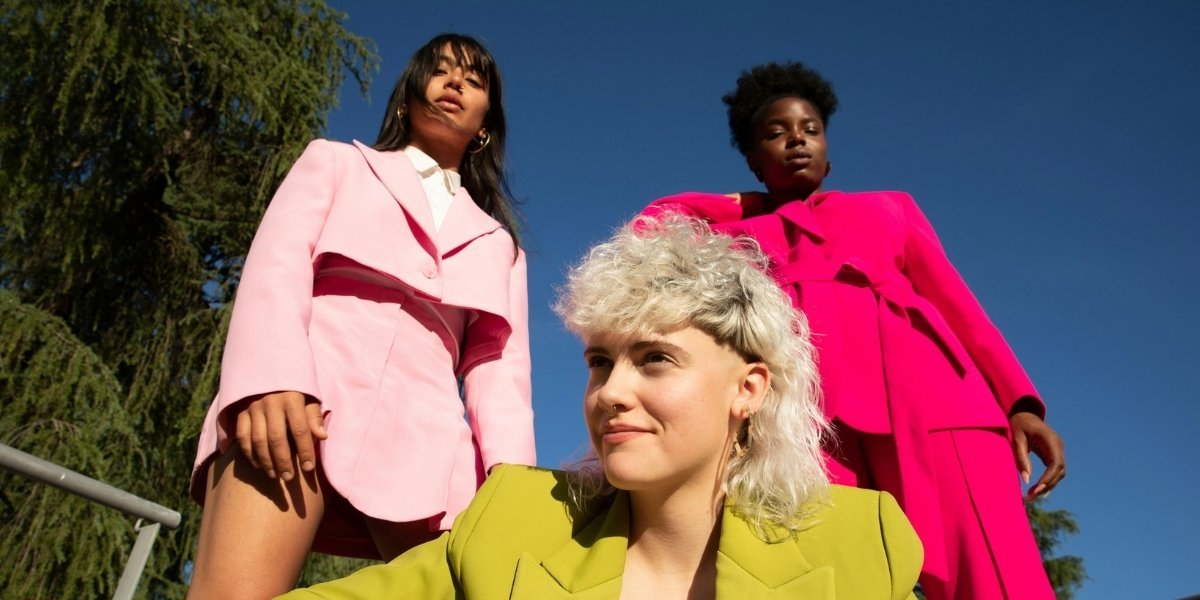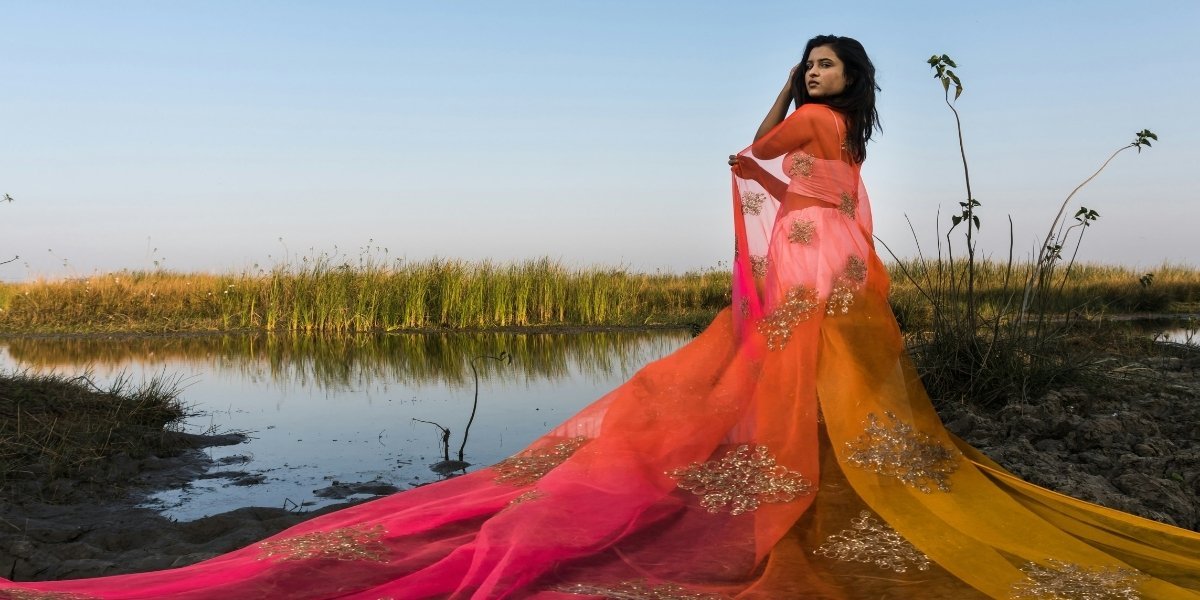The Unique Modeling Markets of New York and Paris
The debate over the world’s true modeling capital is a classic and enduring one in the fashion industry, often pitting the raw energy and commercial vibrancy of New York against the timeless elegance and haute couture heritage of Paris. While both cities are integral parts of the “Big Four” fashion weeks, each offers a distinctly different approach to the business of modeling, reflecting their unique cultural and historical backgrounds. New York is often lauded for its diverse and commercial market, while Paris remains the undisputed epicenter of high fashion and artistic expression.
This rivalry is not merely a matter of geography; it’s a reflection of two different philosophies about fashion itself. New York embodies a modern, ready-to-wear sensibility, driven by trends, diversity, and a massive consumer market. Paris, on the other hand, is the historical cradle of couture, a place where tradition, artistry, and exclusivity reign supreme. Understanding the nuances of these two powerhouses is key to appreciating their roles in shaping the global fashion landscape.
New York: The Commercial and Diverse Hub
New York has cemented its reputation as a global fashion capital through a powerful blend of commercialism, diversity, and a fast-paced, trend-driven market. Its modeling industry is a direct reflection of this environment, offering a wide array of opportunities that extend far beyond the high-fashion runway.
The city’s fashion industry is built on the foundation of ready-to-wear, and New York Fashion Week (NYFW) is a major platform for American designers to showcase their collections to buyers, press, and the public. Unlike the more exclusive nature of Paris, New York has historically been more open to commercialization, and this is evident in its modeling market. New York is home to over 5,000 fashion showrooms, more than any other city in the world, and hosts numerous trade shows throughout the year. This commercial infrastructure creates a high demand for models of all types, from high-fashion editorial models to those working in commercial print, fit modeling, showroom work, and television commercials. This diversity of work allows models of different genders, ages, and sizes to find successful careers, making the New York market one of the most inclusive and accessible in the world.

New York’s modeling industry is deeply intertwined with its popular culture and media. The city is a major hub for media companies, magazines, and advertising agencies, which generates a constant stream of work for models. The rise of social media has also blurred the lines between models and influencers, and New York-based models are often scouted not only for their look but also for their social media engagement rates, reflecting the city’s forward-thinking and business-savvy approach. While Paris historically led the way, New York’s modeling industry began to truly gain prominence during World War II when the city’s “Press Week” was founded to attract attention to American designers at a time when travel to Paris was difficult. This event was a major catalyst in establishing New York as a fashion center in its own right, firmly planting it on the global map.
Paris: The Creative and Couture Core
Paris holds a unique and revered position in the fashion world, not just as a city of style but as the historical home of haute couture and the birthplace of the modern fashion show. Its modeling industry is deeply rooted in this legacy, prioritizing artistry, exclusivity, and a certain je ne sais quoi that is unmistakably Parisian.
The fashion history of Paris is centuries old, with its influence dating back to the reign of King Louis XIV. The city became the global epicenter of design, producing exclusive, one-of-a-kind pieces for a select clientele. This tradition of luxury and craftsmanship continues today, and Paris Fashion Week (PFW) is the final and often most anticipated stop on the fashion month calendar. It is home to the world’s most iconic and influential luxury houses, including Chanel, Dior, Louis Vuitton, and Yves Saint Laurent. For models, this means that working in Paris often involves walking for these legendary brands, which is considered the pinnacle of a high-fashion career.

The Paris modeling market is generally known for its high level of exclusivity, especially for runway work. While New York is more open to a variety of body types and commercial looks, Paris still tends to favor a specific, high-fashion aesthetic. The city’s modeling agencies are experts in developing and managing top-tier talent who fit this mold, preparing them for the intense pressure and prestige of PFW. Beyond the runways, Paris also offers significant opportunities for editorial work in prestigious European fashion magazines and for high-profile beauty and cosmetics campaigns. For a model, a successful season in Paris is not just a job; it’s a stamp of approval from the most discerning and historically significant segment of the industry, often cementing their status as a top-tier model on the global stage.
The Big Four and the Future of the Debate
The debate between New York and Paris is, in many ways, an oversimplification. They are two of the “Big Four” fashion capitals, a group that also includes Milan and London, and their relationship is more symbiotic than purely competitive. The two cities represent two sides of the same coin: New York is about the future—the trends, the commercial viability, and the democratization of fashion—while Paris is about the past and the present, upholding a tradition of artistic expression and luxury.
A model’s career often requires them to navigate both worlds. A rising star will typically begin their journey by establishing a strong foundation in a market like New York, where there are more opportunities to build a portfolio through diverse commercial work. Once they gain traction and experience, a successful model will then aim to break into the more exclusive and prestigious European markets of Milan and Paris, where the runway shows are seen as the ultimate validation of their status. This transcontinental journey is a rite of passage for many in the industry, showing that success is not a choice between one city or the other but an evolution that embraces the unique strengths of each.
The future of the debate is also being shaped by technology. With the rise of digital presentations, social media, and direct-to-consumer sales, the traditional model of a fashion week has been evolving. Brands are now able to show their collections and engage with their audience from anywhere in the world, which could theoretically lessen the geographic importance of a single fashion capital. However, the prestige and networking opportunities that come with being physically present in New York and Paris during their respective fashion weeks remain invaluable. Ultimately, while technology may be changing the delivery of fashion, the foundational identities of New York as the commercial heart and Paris as the creative soul of the industry are likely to endure, ensuring that the debate over which city reigns supreme will continue for many years to come.









